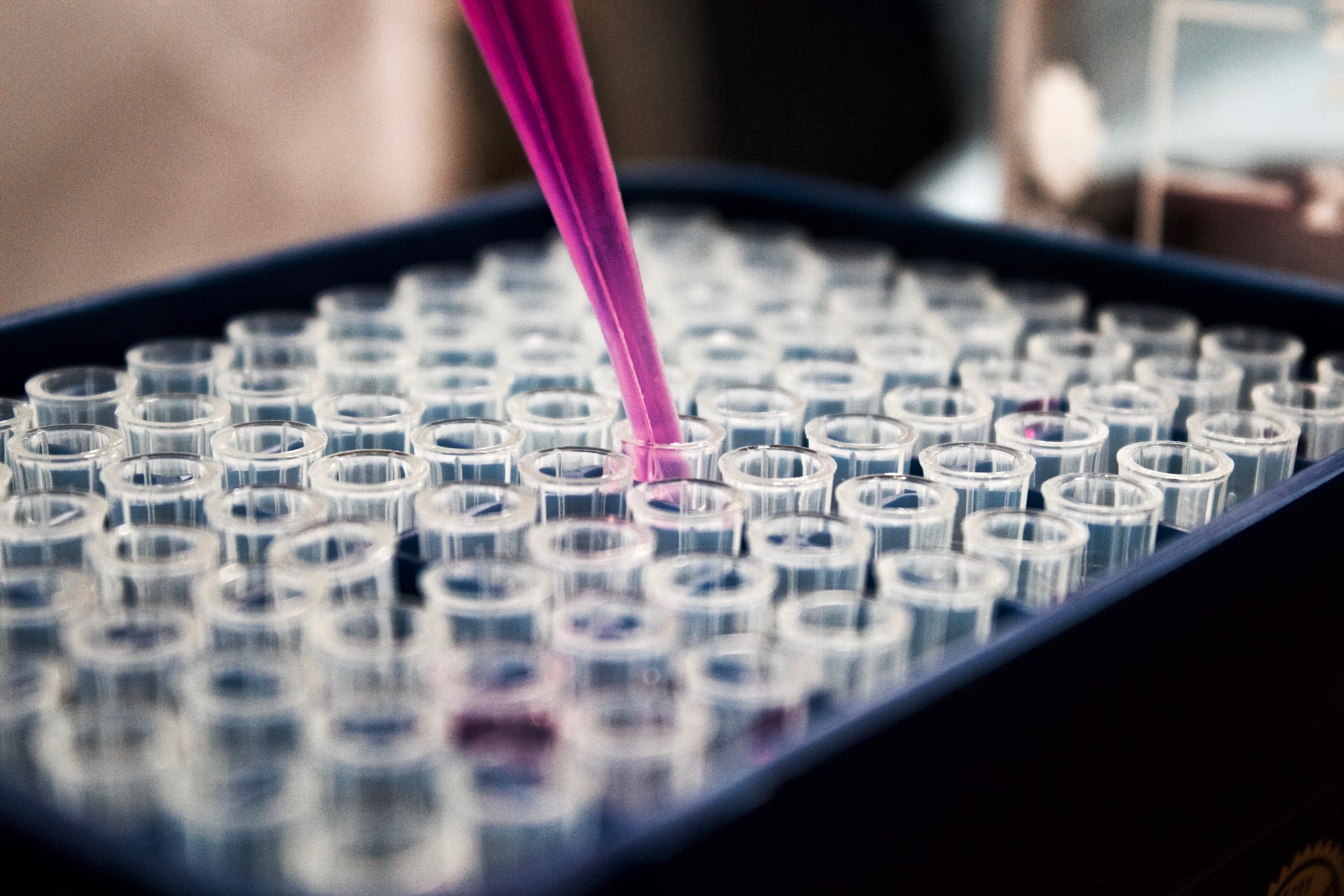By Inés Momodu-Herrero
Gene therapy has been used to safely reverse the biological clock in middle-aged mice, rejuvenating tissues and providing new insights into the molecular mechanisms of ageing and how it could be potentially reversed in humans.
Yamanaka factors–Oct4, Sox2, Klf4, and c-Myc (OSKM)–are molecules highly prevalent in stem cells, but these decrease as specialisation occurs. The expression of these molecules in specialised adult cells can reprogramme the adult cells back to the unspecialised state, turning back the biological clock.
Previous studies showed that the mouse life span could be extended in accelerated ageing mouse models, using the expression of Yamanaka factors in repeated short intervals over the course of seven months. The researchers wanted to ensure that this was replicable in physiologically ageing wild-type (WT) mice. Subsequently, partial reprogramming experiments were carried out in WT mice, where the same conclusions regarding the reversal of ageing–specifically in skin and kidney tissue– were reached.
The gene therapy was performed on three groups: two different long-term treatments of seven or 10 months on mice aged 12 and 15 months (35 and 50 years old in equivalent human age), as well as one short-term treatment of one month on mice aged 25 months (80 years in humans). This was to identify whether different time frames influenced the effectiveness of the treatment and allowed for the conclusion of long-term partial reprogramming being effective at tissue rejuvenation.
Methylation clock analysis of kidney and skin tissue of middle-aged mice following long-term partial reprogramming was found to be of a significantly lower biological age compared to the control mice.
The rejuvenation of a tissue can be measured and observed by metabolite production, transcriptomic changes (gene expression and mRNA production), and epigenetic changes. Epigenetic changes are modifications that reversibly influence gene expression without altering the DNA base sequence, through the addition and removal of molecules to the DNA surface.
Researchers used the prevalence of small methyl (-CH3) groups at CpG motifs (cytosine followed by guanine in the DNA base sequence) as a biomarker of ageing. Methylation clock analysis of kidney and skin tissue of middle-aged mice following long-term partial reprogramming was found to be of a significantly lower biological age compared to the control mice. However, changes in age-related DNA methylation didn’t significantly occur in tissues following late-onset and short-term partial reprogramming.
In addition to epigenetic changes, alterations in metabolism and transcription following long-term partial reprogramming are consistent with the findings from methylation clock analysis. Molecules found at elevated levels in mice with progeria, a disease that causes a species to age faster than usual, are found at lower levels in the serum of WT mice, as seen in youthful mice.
In vitro, the repeated short interval expression of OSKM in human cells showed a reversal of ageing through the improvement of the biomarkers of ageing. This, combined with the latest findings of in vivo partial reprogramming in middle-aged mice, may indicate that similar age reversal could be possible in human cells in vivo.
It’s important to highlight that, despite partial reprogramming shown to be safe in vivo in mice, the risks for complications in human cells are much higher.
Teratoma formation, a type of cancerous tumour, is one of the major risks associated with full reprogramming of cells, but partial reprogramming in mice cells led to no teratoma formation, as well as to no deaths, providing optimism for humans. Nevertheless, it’s important to highlight that, despite partial reprogramming shown to be safe in vivo in mice, the risks for complications in human cells are much higher. This is due to our longer life spans providing more time for mutations to accumulate, increasing the risk of cancer when reprogramming cells.
If these problems could be avoided, partial reprogramming using Yamanaka factors could be game-changing in the research of prevention and treatment of age-related diseases in humans, such as Alzheimer’s. This would provide new applications for gene therapy in ways previously not thought to be possible: the control of ageing.
Reference
Browder, K.C., Reddy, P., Yamamoto, M. et al. In vivo partial reprogramming alters age-associated molecular changes during physiological aging in mice. Nat Aging 2, 243–253 (2022). https://doi.org/10.1038/s43587-022-00183-2





